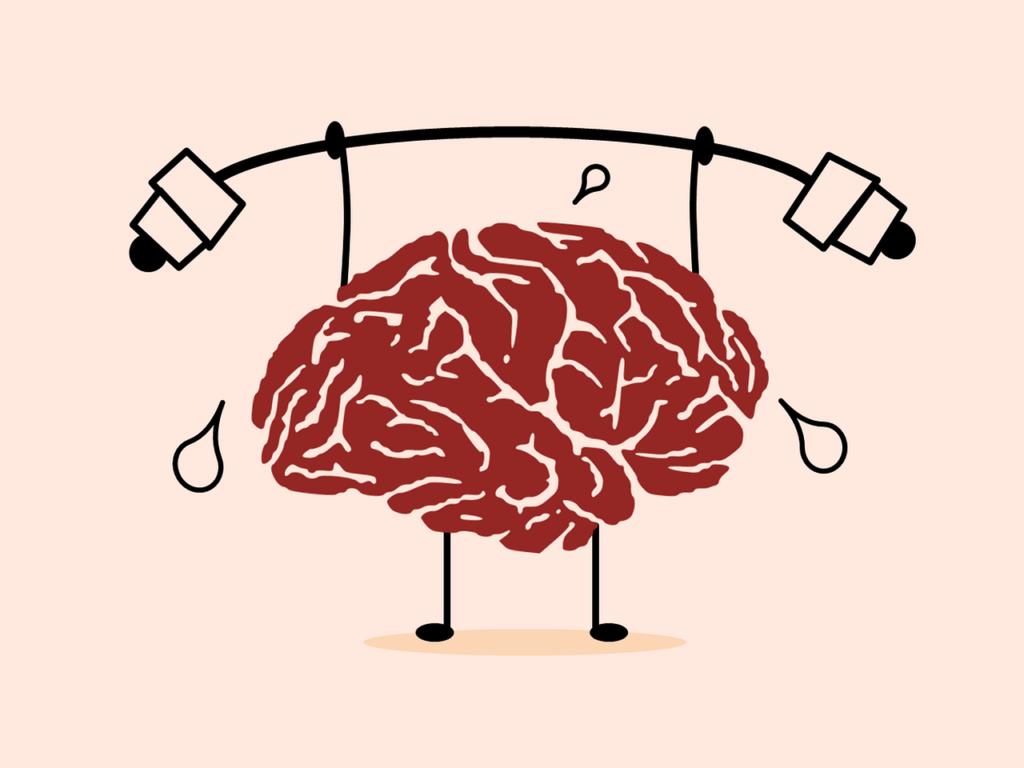Exercise Your Brain

Have you ever heard or said the expression “you are getting on my last nerve”? I not only used to spew this cliche expression at my daughter (who happens to be a boxer-beagle mix) whenever she wouldn’t listen to me, but I would also follow up with “They don’t regenerate, Bianca. Once the nerve is gone, that’s it! Done! No more neuron! It’s dead!” Mind you, she’s a dog and had no idea what I was talking about, but there was a twist: Apparently, I also had no idea what I was talking about.
Neurogenesis
Sometime last year (or maybe it was this year, I don’t remember), I was binge-watching a reel of TED talks videos on youtube. Well into the playlist, I found myself watching a particularly insightful presentation regarding a phenomenon called neurogenesis. While I was attentively listening to the neuroscientist on the stage, I came to a profound realization: the “Once the nerve is gone, that’s it!” part of my mantra was inaccurate. Nerve cells can, in fact, regenerate.
Neurogenesis is the growth and development of nervous tissue. This formation is very critical during the embryonic phase of development. The process continues after birth, but a common misconception is that neurogenesis doesn’t take place in the adult brain. True, age is a factor in nerve degeneration; but did you know that if you keep yourself physically active (especially through aerobic activity) you can actually increase the number of new neurons regenerating in your hippocampus? Pretty cool! Unfortunately though, you still might be losing neurons at a faster rate than you’re regenerating them.
But don’t worry! This is where mental training comes in to help!
Why Exercise Your Brain?
While physical exercise promotes the growth of new nerve cells, mental exercises increase the number of nerve cells that survive. So for this reason, you’ll want to incorporate both physical and mental training into your daily routine — not just one or the other! If you do one hundred jumping jacks and resurrect five neurons in the process, that’s wonderful! But what are some things you can do post-jumping jack to increase the life expectancy of those newly awakened neurons?
Ways To Exercise Your Brain
There are so many ways to exercise your brain. Make sure you do something you actually enjoy so you’re more likely to do it ore often. Here are a few fun suggestions:
Word Games
- In case you’re unaware, Scrabble is the most fun board game ever. It’s challenging, competitive, and it really gets you thinking!
- If you don’t feel like buying a Scrabble board, there are also fun word game apps on your phone. Wordscapes is a good one.
- After the age of 65, our risk of developing dementia increases. To help stimulate the brain and prevent memory loss, seniors are often encouraged to do crossword puzzles.
Art
- Drawing, painting, knitting, playing an instrument, etc…
- Whenever you engage in these complex activities, your brain creates new connections between cells. Your brain’s ability to create these new connections is called neuroplasticity and it stimulates communication between different parts of your brain
Learn a New Language
- If done later in life, learning a new language can improve memory
- Research has shown that bilingual children are less distracted and more alert than monolingual children
Yoga
- This is a perfect combination of physical and mental training. You can exercise your brain through mindfulness and meditation while physically utilizing your balance and flexibility skills.
Reading
- It’s common knowledge that reading stimulates the mind. Reading fictional novels is just as beneficial to your brain’s health as reading a college textbook. When you’re immersed in fiction and put yourself in the shoes of a make-believe character, you’re giving yourself the opportunity to learn empathy, which can have a significant influence on how you perceive everything around you.
Start Exercising
So now you know what to do! Regrow those neurons through physical exercise and then go introduce yourself to some new stimuli, anagram some jumbled letters if that’s the sort of thing you enjoy, draw a picture, or read a book! Keep those cells around and your brain will thank you in the end!
Written by: Katrina Jenkins
Photo credit: Pixabay





